What is The HOPE
The HOPE is an 80-minute dramatic motion picture presentation of God's amazing story of redemption as revealed in 36 biblical events from creation through Christ.
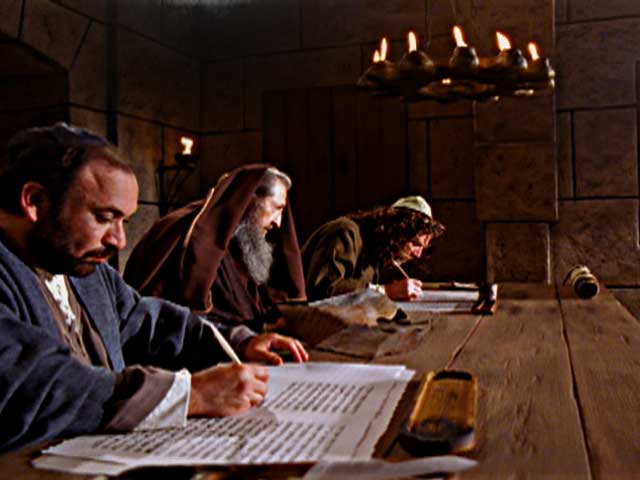 The HOPE is based upon the central story of the most quoted, most published, most translated book in human history. This book, the Bible, is unlike any other.
The HOPE is based upon the central story of the most quoted, most published, most translated book in human history. This book, the Bible, is unlike any other.
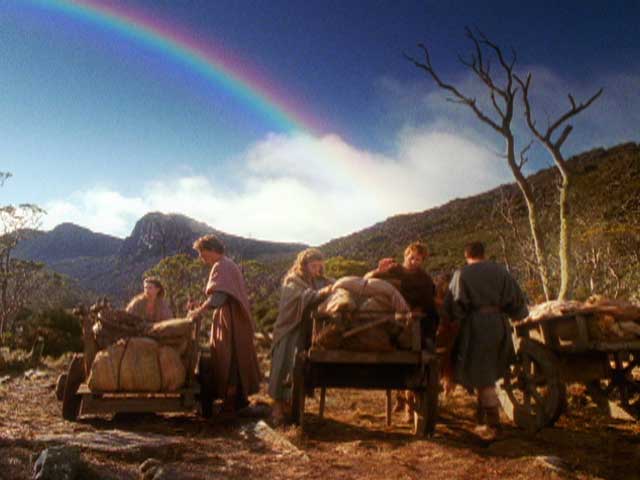 Harmony - The Bible was written by more than forty people from different walks of life that lived over a period of fifteen hundred years. Yet, as if its authors were guided by an unseen hand, there emerges from its pages one story of eternal proportions, centered around one extraordinary character...One who would deliver the world from death.
Harmony - The Bible was written by more than forty people from different walks of life that lived over a period of fifteen hundred years. Yet, as if its authors were guided by an unseen hand, there emerges from its pages one story of eternal proportions, centered around one extraordinary character...One who would deliver the world from death.
 Historicity - The scope and historical accuracy of the Bible is beyond comparison. Dr. Nelson Glueck, one of the greatest modern authorities on archeology, said: "No archeological discovery has ever controverted a Biblical reference. Scores of archeological findings have been made which confirm in clear outline or in exact detail historical statements in the Bible. And, by the same token, proper evaluation of Biblical descriptions has often led to amazing discoveries."
Historicity - The scope and historical accuracy of the Bible is beyond comparison. Dr. Nelson Glueck, one of the greatest modern authorities on archeology, said: "No archeological discovery has ever controverted a Biblical reference. Scores of archeological findings have been made which confirm in clear outline or in exact detail historical statements in the Bible. And, by the same token, proper evaluation of Biblical descriptions has often led to amazing discoveries."
Prophecy – The Bible contains thousands of prophecies. None have been proven false. Many have already come to pass. Probability studies have shown that the likelihood of even small numbers of these prophecies coming to pass with such accuracy is nothing less than a mathematical impossibility.
Conclusion - The fact is, when a person truly considers the uniqueness of the Bible, it takes less faith to believe that it is a divine work than to believe it is the result of human design or mere chance.
 We live in a complex world with many conflicting views about God. In cultures that lack or have lost the influence of a Biblical worldview, a Gospel presentation that moves too quickly toward a decision for Christ is often ineffective.
We live in a complex world with many conflicting views about God. In cultures that lack or have lost the influence of a Biblical worldview, a Gospel presentation that moves too quickly toward a decision for Christ is often ineffective.
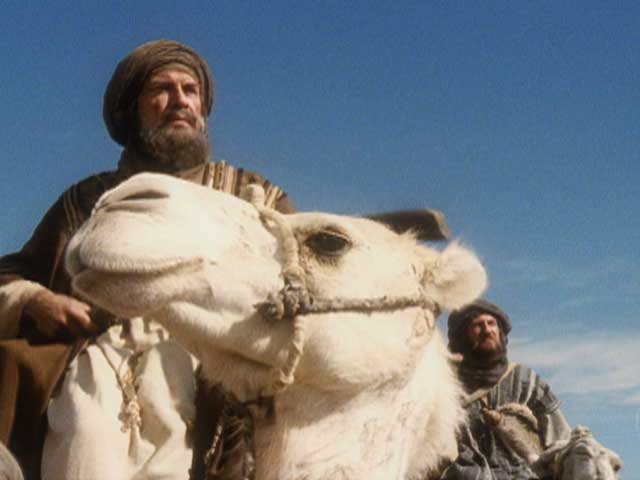 In some Asian cultures, people do not see the need for a Savior because they have no real concept of sin. In India, people with a polytheistic worldview have been known to simply add Jesus to the list of gods they worship. And in postmodern, Biblically illiterate western cultures, many people may dismiss the Christian faith as a sort of “Freudian” sociological phenomenon. These people have yet to encounter the record and scope of God’s involvement in human history as revealed in the Bible.
In some Asian cultures, people do not see the need for a Savior because they have no real concept of sin. In India, people with a polytheistic worldview have been known to simply add Jesus to the list of gods they worship. And in postmodern, Biblically illiterate western cultures, many people may dismiss the Christian faith as a sort of “Freudian” sociological phenomenon. These people have yet to encounter the record and scope of God’s involvement in human history as revealed in the Bible.
 Every person has a story from which he or she derives meaning or value. When we reduce God’s grand redemptive story to a condensed presentation of spiritual truth or a personal testimony, we run the risk of pitting what may be perceived simply as our story against someone else’s story. The metanarrative of the Bible on the other hand presents an explanation of reality so comprehensive and cohesive, so beyond the realm of human fabrication, that it cannot be easily dismissed. The HOPE presents the Gospel as God’s “big story" ... the greatest story ever told.
Every person has a story from which he or she derives meaning or value. When we reduce God’s grand redemptive story to a condensed presentation of spiritual truth or a personal testimony, we run the risk of pitting what may be perceived simply as our story against someone else’s story. The metanarrative of the Bible on the other hand presents an explanation of reality so comprehensive and cohesive, so beyond the realm of human fabrication, that it cannot be easily dismissed. The HOPE presents the Gospel as God’s “big story" ... the greatest story ever told.
 How do we spread the Word to people who cannot read? According to Ethnologue, there are over 7,000 living languages in the world today. And from Wycliffe we know that the whole Bible is available in just over 600 languages; the New Testament in around 1,500 languages.
How do we spread the Word to people who cannot read? According to Ethnologue, there are over 7,000 living languages in the world today. And from Wycliffe we know that the whole Bible is available in just over 600 languages; the New Testament in around 1,500 languages.
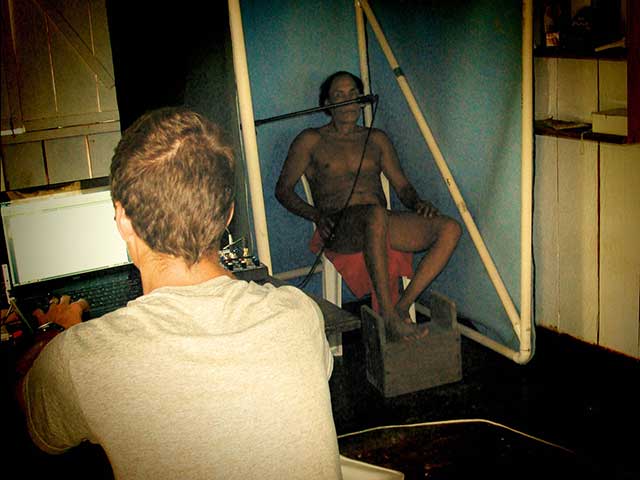 Yet, if the Bible could be made available in every language, approximately 70% of the people in the world could not or would not use it to learn about God. It is estimated that around one third of the people in the world are illiterate and another third are functionally illiterate (they have very limited reading skills). These people are oral learners.
Yet, if the Bible could be made available in every language, approximately 70% of the people in the world could not or would not use it to learn about God. It is estimated that around one third of the people in the world are illiterate and another third are functionally illiterate (they have very limited reading skills). These people are oral learners.
If the completion of the Great Commission (and thus the return of Christ) were dependent upon people reading the Word of God in their native language, then there is much work yet to be done and His return is not imminent. If we are going to spread the Word throughout the earth to people who do not read, then we must use something that works in oral cultures. There is today a great movement in missions to share Bible stories orally... and to use media tools such as The HOPE.
In The HOPE, storytellers provide the commentary and continuity necessary to weave together an incredible amount of Biblical content in a relatively short amount of time. At times, these storytellers appear on screen along with the images of the story they are relating. In other sections they are absent from the screen, allowing the dramatic scenes to move the story forward.
And because The HOPE has been digitally mastered, storytellers can easily be replaced. Thus The HOPE can be adapted for an unreached people group in mountains of Papua New Guinea or for youth in inner city America.
Voice-Over Narration Versions of The HOPE – For a variety of reasons, some of our ministry partners choose not to use on-screen storytellers in the creation of a new language version of The HOPE. In these cases, voice-over narrators provide the commentary for the live action dramatic scenes in The HOPE. These versions are generally produced at a fraction of the time and financial cost of an on-screen version. Narrators are often a member of the indigenous people and provide a strong cultural connection to viewers.
The decision to create an on-screen version or off-screen narrator version is usually in the hands of the Ministry Partners for a particular language translation.
 |
 |
 |
 |
 |
 |
 |
 |
 |
 |
 |
| Storytellers can be combined with dramatic images and then replaced with different storytellers. | ||||||||||
For more information about adapting The HOPE for a particular people group, please read our "Partnering Process".
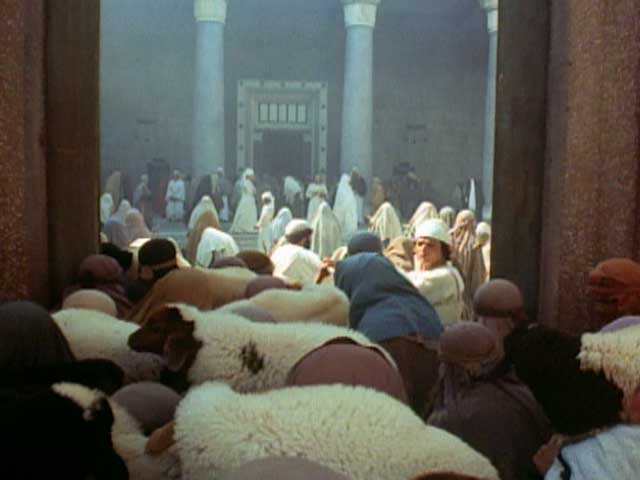 It is inconsistent to tell people they are going to see a movie about the greatest story ever told if the quality of the movie is substandard. Messages are often discredited if they are poorly presented. Such is not the case with The HOPE.
It is inconsistent to tell people they are going to see a movie about the greatest story ever told if the quality of the movie is substandard. Messages are often discredited if they are poorly presented. Such is not the case with The HOPE.
 Mars Hill brought over 35 years of award-winning experience in ministry through media to the production of The HOPE. Over four years in the making, The HOPE includes some of the world’s most renowned cinematic presentations of the Bible as well as state-of-the-art special effects. The script is the result of extensive research and consultation with prominent theologians and missiologists.
Mars Hill brought over 35 years of award-winning experience in ministry through media to the production of The HOPE. Over four years in the making, The HOPE includes some of the world’s most renowned cinematic presentations of the Bible as well as state-of-the-art special effects. The script is the result of extensive research and consultation with prominent theologians and missiologists.
Mars Hill views The HOPE as a living project and is constantly striving to update it, technically and aesthetically.
It may not be possible to make a tool that is all things to all people, but The HOPE is many things to many people. The 36 Biblical events of The HOPE are organized into 12 Chapters and 4 Sections, making it adaptable to a variety of ministry applications. The HOPE may be used for evangelism or discipleship, in a single showing or in segments over a period of days, weeks or months.
The following is a list of the Chapters, and Events in The HOPE. The companion study guide for The HOPE follows this same organization with 65 daily devotional type lessons designed for use over 12 weeks.
Chapter Descriptions
Introduction
1. The Universal Question - Is There a Purpose?
2. The Voice - Recorded for All Time in a Book
Chapter 1—In the Beginning
3. The Story Begins with God - His Attributes
4. Creation - A Reflection of God’s Power and Nature
Chapter 2—The Choice
5. The Tree of Life and The Tree of Knowledge
6. The Rebellion of Satan and The Creation of Hell
Chapter 3—The Deadly Disease
7. The Deception and Fall of Man
8. A Deadly Spiritual Disease Enters the World
9. The First Promise of a Deliverer
Chapter 4—Prelude to the Promise
10. God Was Grieved - The Great Flood
11. The Beginning of the Nations - The Tower of Babel
Chapter 5—Blessed to Be a Blessing
12. The Calling of Abraham
13. Abraham Offers His Son - God Provides a Substitute
Chapter 6—People of the Promise
14. Isaac, Jacob and Joseph - The Promise Lives
15. God Prepares Moses to Lead the Hebrew People
16. God Brings the Hebrew People Out of Slavery
Chapter 7—Called to Walk in the Ways of God
17. God Gives the Hebrew People the Law
18. The Need for a Deliverer
Chapter 8—The Promised One
19. The Birth of the Promised Deliverer
20. Jesus as a Child
21. The Baptism of Jesus
22. The Temptation of Jesus
Chapter 9—The Ministry of Jesus
23. Jesus Calls His Disciples
24. The Ministry of Jesus
25. Jesus Offends the Religious Leaders
Chapter 10—God’s Love and Justice Intersect
26. Jesus States His Mission
27. Jesus Confronts the Religious Leaders
28. Jesus’ Final Hours with His Disciples
29. The “Trial” of Jesus
30. The Crucifixion of Jesus
Chapter 11—He Has Risen
31. The Burial of Jesus
32. The Resurrection of Jesus
33. Post-Resurrection Appearances
Chapter 12—His Followers – Yesterday, Today, and Forever
34. The Coming of The Spirit
35. His Followers Through the Ages
A Personal Invitation
36. His Invitation to You
©1988-2025 Mars Hill Productions. All Rights Reserved. (Privacy Policy)


